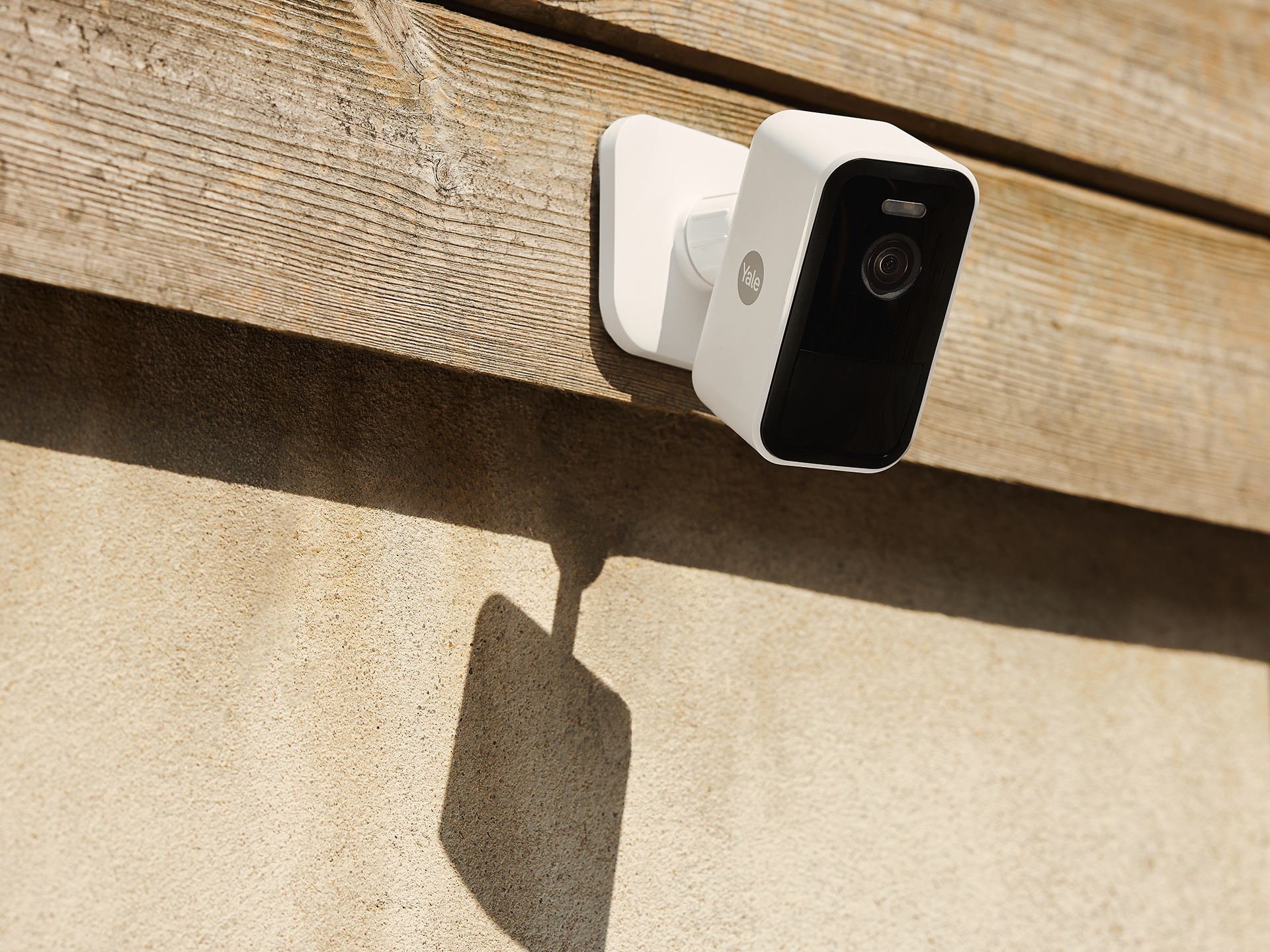Keep your place safe with our home security tips
Most burglaries are committed by opportunist crooks. But there's so much you can do to protect your property. We’ve got 30 great tips to help keep your house secure
Most thefts are opportunistic, and the harder you make your home to break into, the more likely it is that thieves will bypass your home and pick a different target. There are lots of things you can do to help prevent theft, as our list of home security tips shows.
1 Design out crime
Although crime will never be eliminated through the use of design guidelines alone, if you’re building a new home, specifying the right doors and windows, and thinking about security and crime prevention from the very start of the project, can have a huge impact on the vulnerability of your property.
The government has recognised this with its addition of security-focused Building Regulations for new builds and conversions. Part Q of the Building Regs for England sets out standards for the security of doors and windows and how well they resist attack by an intruder. It covers the strength of doors and windows, and the design of the hardware (locks etc). There are similar regulations in Scotland and Wales.
Secured By Design is an official Police initiative that aims to ‘design out’ crime. Their site contains lots of advice plus lists of approved suppliers and security products that meet the Police Preferred Specification. They also have a special guide to Home Security for Self-Builders, which specifies a higher level of security than that offered by Part Q.
2 Lock your doors and window
It’s basic stuff and so easy to get blasé or forget, but the safest thing to do is lock all your doors and windows whenever you leave the house, even if you’re just popping out or in the garden. Double-lock uPVC doors.
3 Don’t leave your keys on show
A key rack or bowl of keys near the door makes things far too easy for a potential burglar. They could hook a set of house or car keys through the letterbox. Plus, if they do manage to get into the house, the keys to all your valuables are there for the taking. Also, leaving a smart car key near the front door makes relay theft all the easier.
4 Keep valuables out of sight
Jonathan Wall, of home-security company SimpliSafe, reminds us: “Try your best to leave valuables out of sight from windows so as to not advertise the value of items inside. And, where this isn’t possible – such as windows looking onto a TV or some other large electronic device/setup – invest in additional window locks or alarms to be on the safe side.”
5 Stay alert
Burglars sometimes pretend to be from a utility company or the council, perhaps investigating a leak. Another tactic that’s common is to feign illness. Never feel pressured into letting someone you don’t know into your home. If someone you aren’t expecting knocks at your door:
- Observe them through your door-viewer, if you have one.
- Keep the chain on while talking to them, if you feel uneasy.
- Ask to see ID.
- If you’re not sure who they are, tell them to come back another time. That gives you time to do some checks.
- Don’t be afraid to call a company to verify a caller’s identity. Use a number from their website rather than from any ID they hand you, which may be fake.
You can prearrange a password for visits from utility company employees. The best advice must be: don’t let anyone you don’t know into your home, no matter what they say.
6 Put your valuables in a safe
High-value items such as jewellery and passports should really be kept in a Police Preferred Specification safe secured to the wall or floor, or in a bank deposit box.
7 Join Neighbourhood Watch
Neighbourhood Watch runs local crime-prevention schemes up and down the country and has 2.3 million members. Joining your local group could be a great way to get crime-prevention advice and police updates, and to help keep your community safe.
8 Register your belongings
Register things that have a serial number, such as electronic devices, power tools and bikes, for free at Immobilise.com for the best chance of being reunited with them if the worst does happen and they are stolen (or lost). You can add your valuables to the over 34 million other items listed on the database, which is used to help reunite owners with stolen property.
9 Mark your valuables
Writing your postcode and surname/house number on valuables makes them less attractive to thieves. Visible marking can be done using:
- A permanent marker
- Engraving
- Tamper-evident labels: these stick permanently on hard surfaces and feature barcodes, asset numbers or postcode and house numbers/names,
- Chemical etching kit: a safe, effective way to mark metal, plastic and glass on products such as TVs, laptops, cameras and tablets. Just check you won’t be invalidating your product warranty.
Invisible marking techniques include:
- UV marker pens, which are visible under UV light. Quick and cheap but they do fade so will need to be redone regularly
- Chemical trace liquids (taggants), which contain unique forensic identifiers, specific to the owner, that show up under UV light
- Microdots, which contain unique ID codes that are invisible to the naked eye but can be read when magnified
- Electronic tagging devices that can be hidden inside items like bike frames.
10 Make the place look occupied
Anthony Neary, of security retailer Safe.co.uk, says, “Turn lights on with timers. Burglars typically work out whether someone is home or not by watching to see if lights are being turned on and off throughout the evening, and target properties that are in darkness. If you’re going away, consider buying plugs with timers as these will make it appear that someone is home. Another option is smart light bulbs, which can be controlled through a phone, and will throw any thieves off the scent.”

Image credit: 4lite
Anthony Parkinson, from 4lite says: “Smart lights can create a sense that someone is home when the house is actually empty. As well as being able to pre-set light patterns to give an appearance of occupancy when you’re away, the bulbs can be paired with other security-focused smart home appliances (such as a Ring Doorbell or Nest Cam) to switch on lights if the doorbell is used, or if motion or sound is detected. Lights can be operated from anywhere in the world from your smartphone, so, wherever you have Wi-Fi, you can turn lights on or off in your home. You can even select a randomise feature to light up different rooms at different times, creating the ultimate in ‘mockupancy’ to promote home security.”
11 Don’t neglect online security

Image credit: Pexels/Pixabay
Alex Talevski, CEO of Swann Home Security and Camera Systems, reminds us that our online security is almost as important as our physical security these days. He says, “Assess your home for any gaps in digital security, paying close attention to your Wi-Fi router and network, to reduce the risk of hacking. Always use strong security settings across your devices and home network, including secure passwords and firewalls. Ensure all devices have been updated with the latest firmware and security, including updating default passwords and setting up two-factor authentication. Keep up to speed with the latest in cybersecurity best practice from trusted resources; these include the importance of recognising phishing attempts and avoiding suspicious downloads or links.”
12 Don’t brag about your trips online
Talking of online security, when you’re away it’s safest not to check in on social media a long way from home, particularly if your profile is public. You never know who’s watching your movements online.
13 Take care of your car
If you have a garage, use it for what it was intended for: keep your car there, rather than just using the space for storage. But give the garage door some thought: old up-and-over garage doors are very easy to force. So think about investing in a new, more secure one that meets the Police Preferred Specification, or get a couple of garage-door defenders installed.
That old-school theft deterrent, the wheel lock remains a worthwhile piece of kit, and if your car has hands-free entry, it makes sense to keep your keys in a Faraday pouch, well away from the door, to prevent relay theft. Security bollards and ghost immobilisers are both also worth considering.
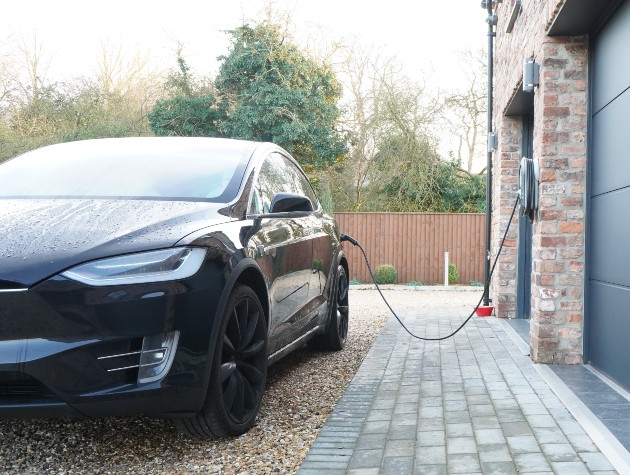
14 Secure the perimeter
Peter Jackson, of Jacksons Fencing, has some tips on the best kind of fencing for security. “Dilapidated fencing won’t put up much resistance against opportunistic intruders and may provide a clear view into your property. If your fencing fails, replace it as quickly as possible to reduce the risk of being targeted. Solid fence panels offer maximum privacy and prevent a line of sight into your property. Lower fencing at the front of the property allows you to spot anyone entering your property and helps ensure neighbours and passers-by will notice if there is any suspicious activity.
“Choose vertical fence panels at the rear of the property, with pales fixed vertically instead of horizontally and fence rails facing inwards, which prevents them being scaled. Aim for a fence height of close to 2m, or higher with appropriate planning permission.”
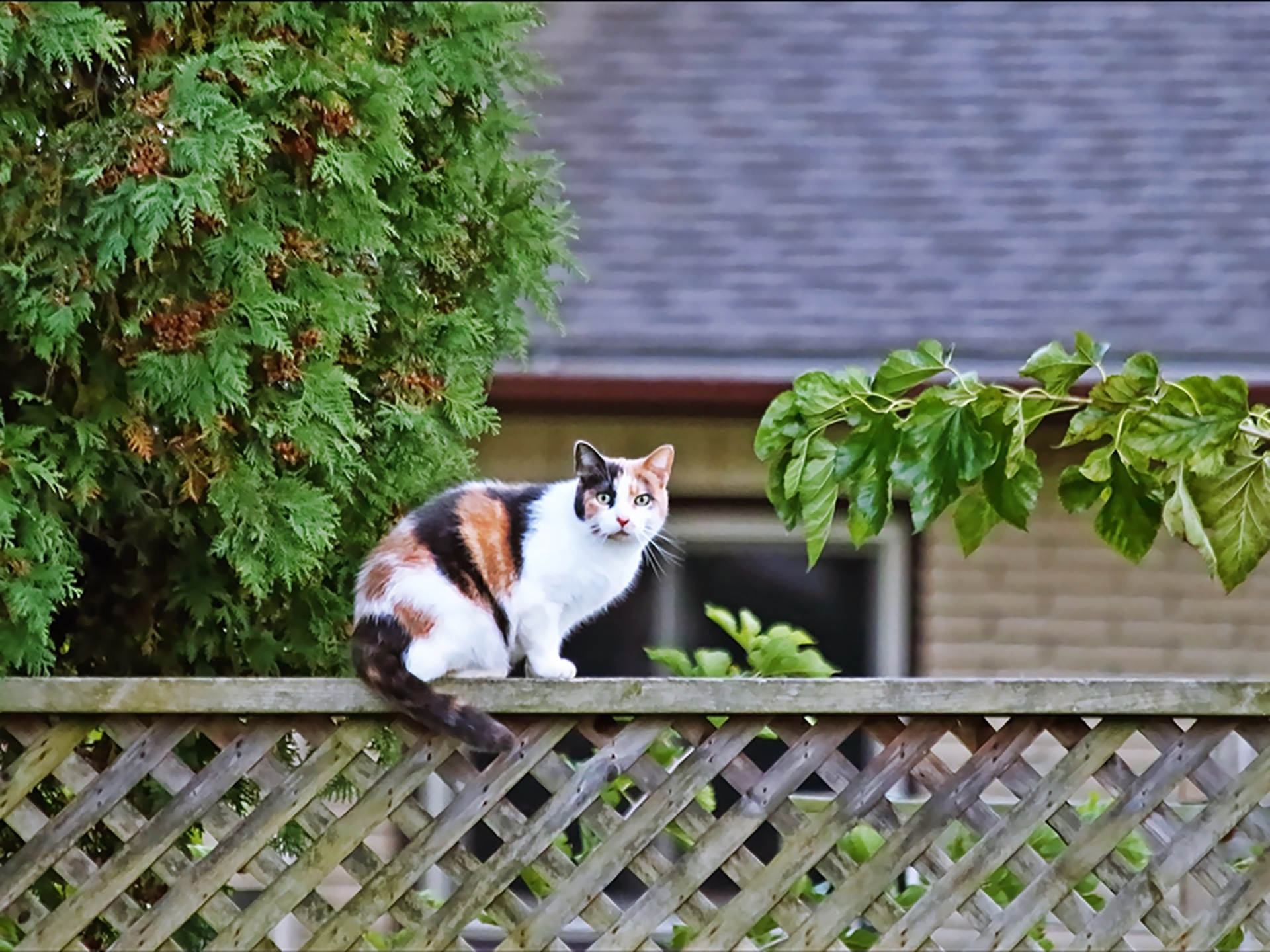
Image credit: Sue Thompson CC 2.0
15 Choose solid garden gates
Peter Jackson also recommends gates fitted with integrated one- or two-way locks. “Automated gates control access into your property and stop unidentified visitors gaining access to your property. Quality driveway gates generally have internal steel frames to prevent twisting, and this also makes them more resistant to forced entry.”
16 Don’t forget your garden office
Garden offices are an increasingly popular space solution for people working from home, but they are also a real target for thieves. Make sure the doors and windows comply with PAS 24: 2022 (the Product Assessment Specification that specifies how well doorsets and windows should be able to resist attack from casual or opportunistic burglars).
Don’t leave portable valuables in the garden office overnight. And, if you have large electrical equipment that needs to stay in there permanently, you should keep it in a strong, lockable cabinet fixed to the structure in some way. You could get blinds, too, to stop your valuables from being on display.
17 Use garden design
Peter Jackson says you can use plants to help protect your property, by, for example, adding height to property boundaries. “Defensive planting in tactical positions will deter some burglars from entering, while dense bushes at the front of your garden will remove an entryway onto your property. We recommend strategically pairing fencing and planting to create multiple lines of defence. Just make sure any kind of thorny plants don’t overhang the pavements or footpaths where they could accidentally harm someone.”
18 Choose heavy pots
Very heavy plant pots are naturally less attractive to thieves than lighter, more portable ones.
19 Lock up your ladders
Peter Jackson explains: “Ensure bins, ladders, and other large garden objects that could be used to scale the fence or property are kept well away from the house to prevent them being used as climbing aids. A secure, lockable wheelie-bin store will help prevent bins from being repurposed as climbing aids.” Just make sure it doesn’t provide a way to climb into your property either. Lock your ladders away or, failing that, chain them up outside.
20 Lock up your tools
Store your garden tools securely too, because they make great house-breaking equipment.
21 Improve your shed security
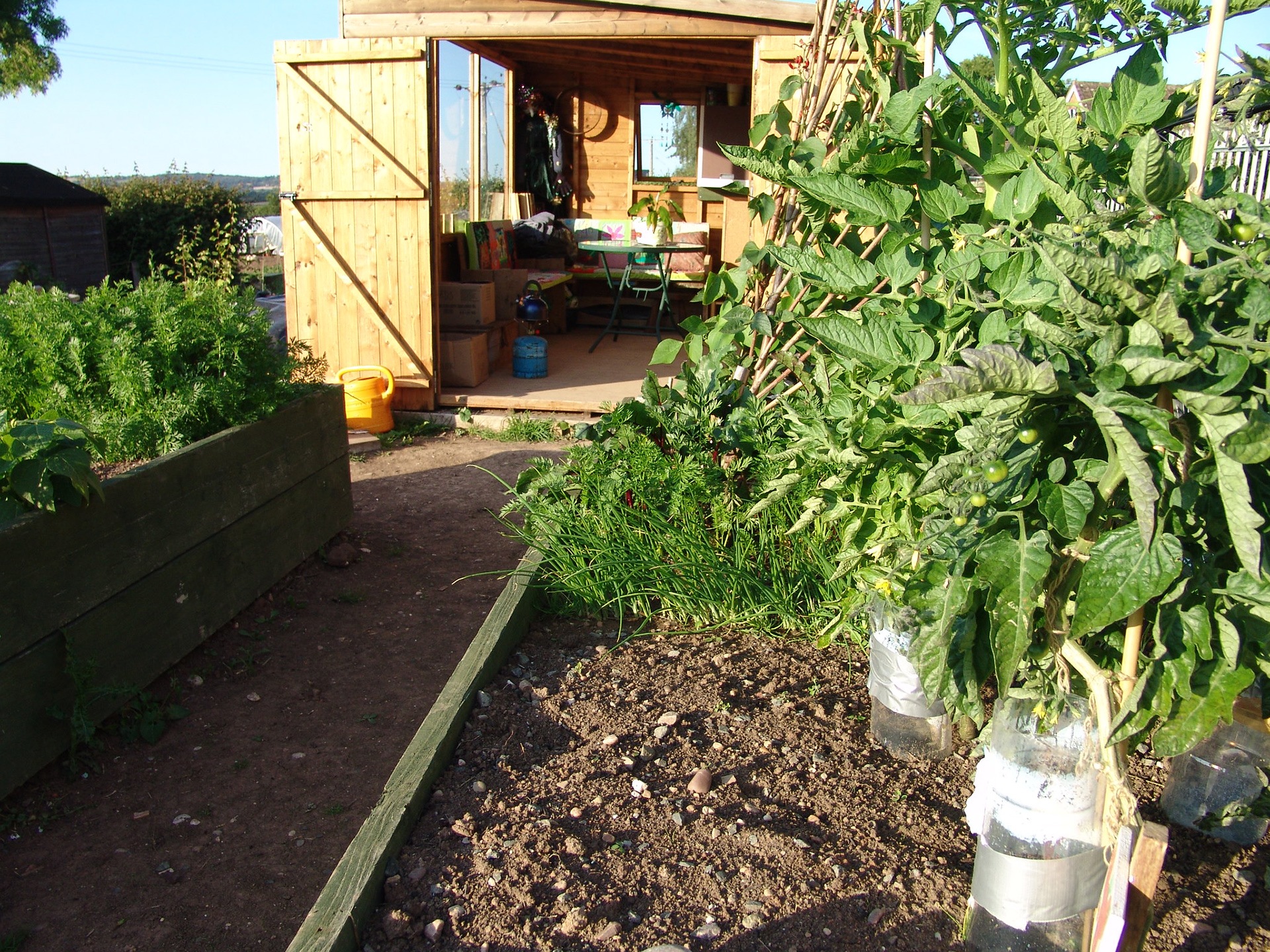
Image credit: Arty Guerillas CC 2.0
Sheds are a prime target for prowlers. But there are lots of things you can do to make yours more secure. Put up curtains, or stick frosting on the window to make the contents less visible. Screw the windows shut, replace them with Perspex, which is harder to break, or fit a mesh or a grille on the inside. Shed alarms work well too, sounding a very loud noise in response to movement. Steel storage boxes are also good for tools and bikes. Or you could use chains and a shed shackle or shed anchor.
If the shed door is solid, fit a proper mortice lock that meets BS 3621. Otherwise go for Secured by Design approved hasp and staples bolted through the shed structure or secured with security screws (special screws that, once fitted, can only be unscrewed with a special tool).
22 Go for gravel
A gravel drive makes it easier to hear people approaching your property.
23 Pick a secure door
If you are choosing a new door make sure you get one that meets the Police Preferred Specification. You can find a list of suppliers here whose products meet the required standards.
24 Pick the best locks
There’s an argument to be made that if you’re going to spend a certain amount of money on home security, the most sensible way to invest that is in the best locks you can afford. Nowadays you can get smart locks that open with fingerprints and even interact with apps like Airbnb to allow guest access. But the strength of the lock itself is the most important thing. Check out the products that meet the Police Preferred Specification.
25 Choose secure windows
Similarly, if you’re installing or replacing windows, make sure you choose ones that meet the Police Preferred Specification from a Secured by Design supplier.
26 Fit an alarm
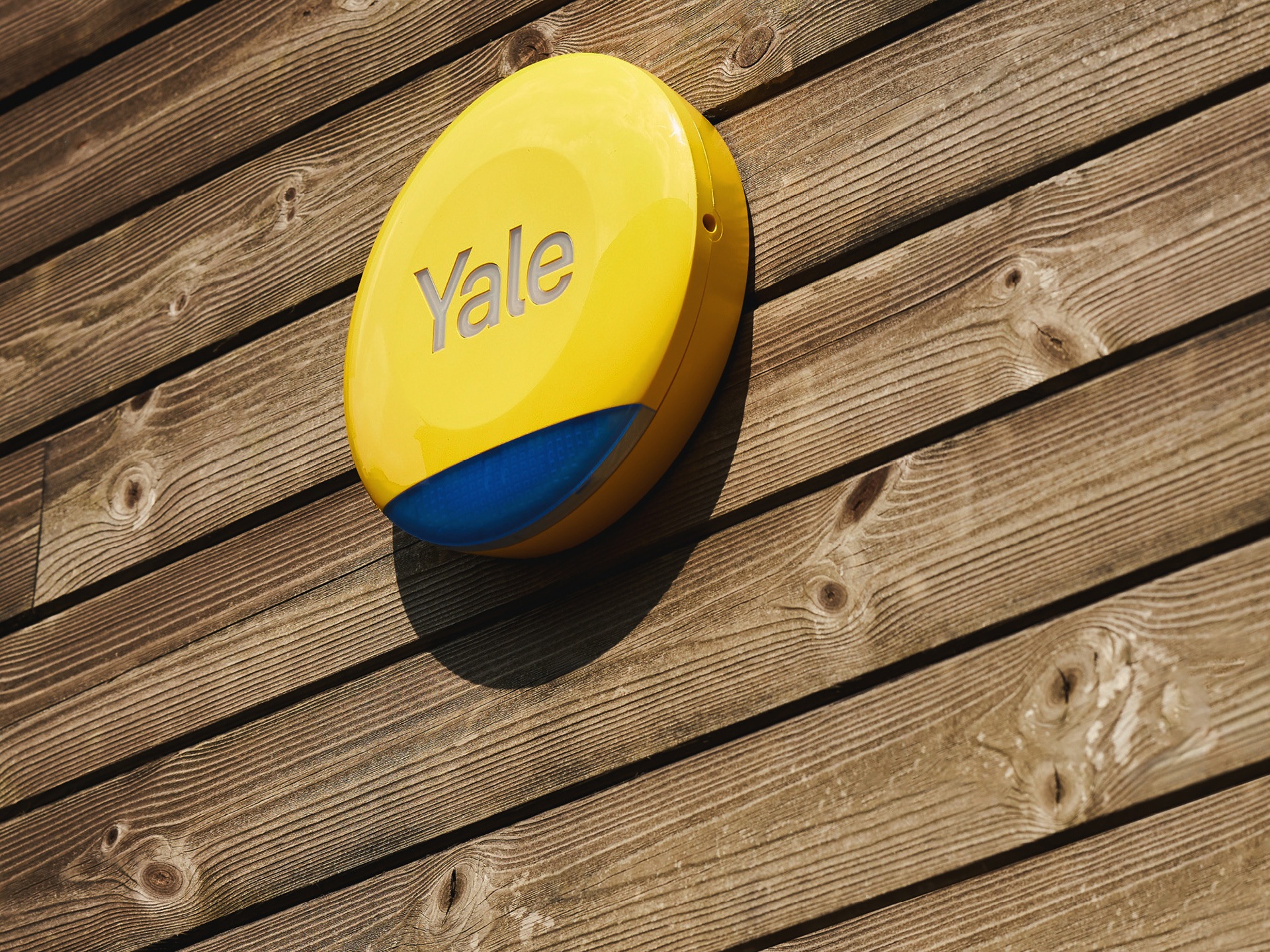
Image credit: Yale
Alarms come in three main types:
- Audible – These alarms make a noise if activated, but rely on someone hearing the racket and calling the police
- Monitored – These are monitored 24 hours a day by an alarm receiving centres, who alert the keyholder if the alarm is triggered, and, if necessary, call the police. The Police will only respond to alarm systems and security companies regulated by the National Security Inspectorate (NSI) or Security Systems and Alarms Inspection Board (SSAIB). So they recommend you pick a supplier that is a member of either organisation.
- DIY kits – A cheaper alternative to monitored alarms, these have their place, in today’s smart homes. However, they are not recommended by the National Police Chiefs’ Council.
27 Install security cameras
Jonathan Wall says, “Outdoor security cameras are not only a visible deterrent, but can also be a major asset in the unfortunate circumstance that someone tries to break into your home, capturing crucial evidence and giving you an early warning when someone is on your property.”
If you are building a new home it makes sense to wire in CCTV cameras as part of a full security system. For retrofitting, wireless smart CCTV cameras that connect to the internet via Wi-Fi are increasingly popular. There are lots things to consider when choosing a camera system:
- Will it integrate with your existing smart system?
- What quality of image is captured? There will be a trade-off with the amount of space you will need to store the footage: higher resolution footage will mean lots of storage needed. Where is the footage stored? Locally or in the Cloud? And how long for? Is a subscription required?
- How weatherproof and sturdy are the cameras?
- Can they tilt and what is their field of vision?
- What other features do they have such as an integral alarm, two-way audio or night vision?
You can find advice from the Police on CCTV here. It is recommended you choose equipment with the Secure Connected Device accreditation.
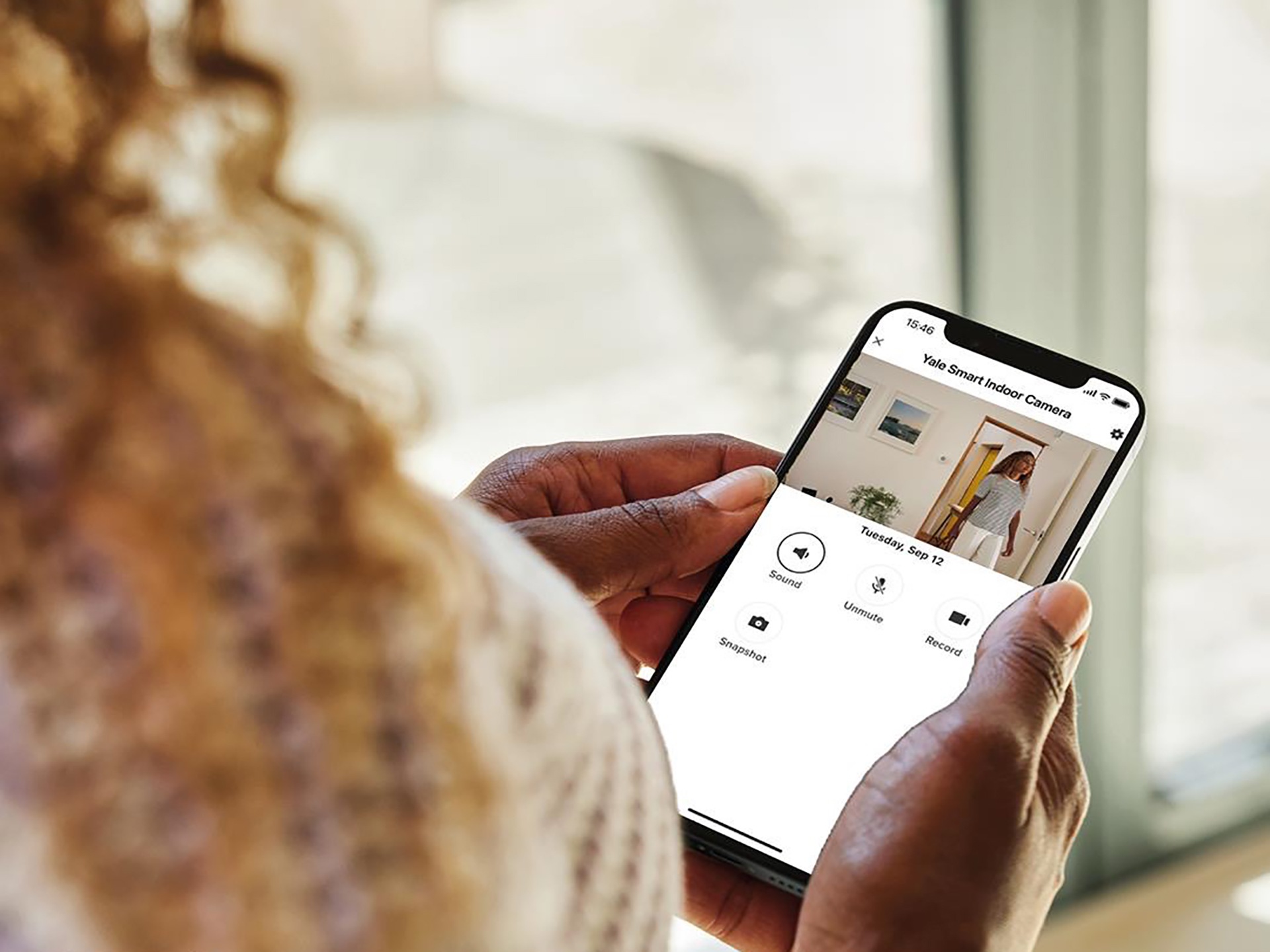
Image credit: Yale
28 Consider a video doorbell
Anthony Neary says, “Video doorbells have become increasingly popular over the past few years, and with good reason. Not only is it useful to be able to see who’s ringing the bell from any location, but many also tell you if motion is detected, meaning a burglar can be caught before they strike.”
Video doorbells are very dependant on the quality of your Wi-Fi, and need some fine tuning to avoid oversensitive motion triggers. They are something you can think about adding once the basics of your home’s security are in place.
29 Put up security lights
Anthony Neary explains, “Outdoor security lights are a very effective way of deterring burglars, as most of them rely on being able to sneak into a house under cover of darkness. It is best to have an automatic light set up at the front and back, as thieves will be put off from trying to break in. They hate knowing that they’ll be instantly visible to any bystanders or alerted neighbours.”
30 Get a secure parcel box
Because so much of our lives is delivered these days, more and more people are investing in secure parcel boxes such as a Smart Parcel Box to prevent theft from the doorstep.
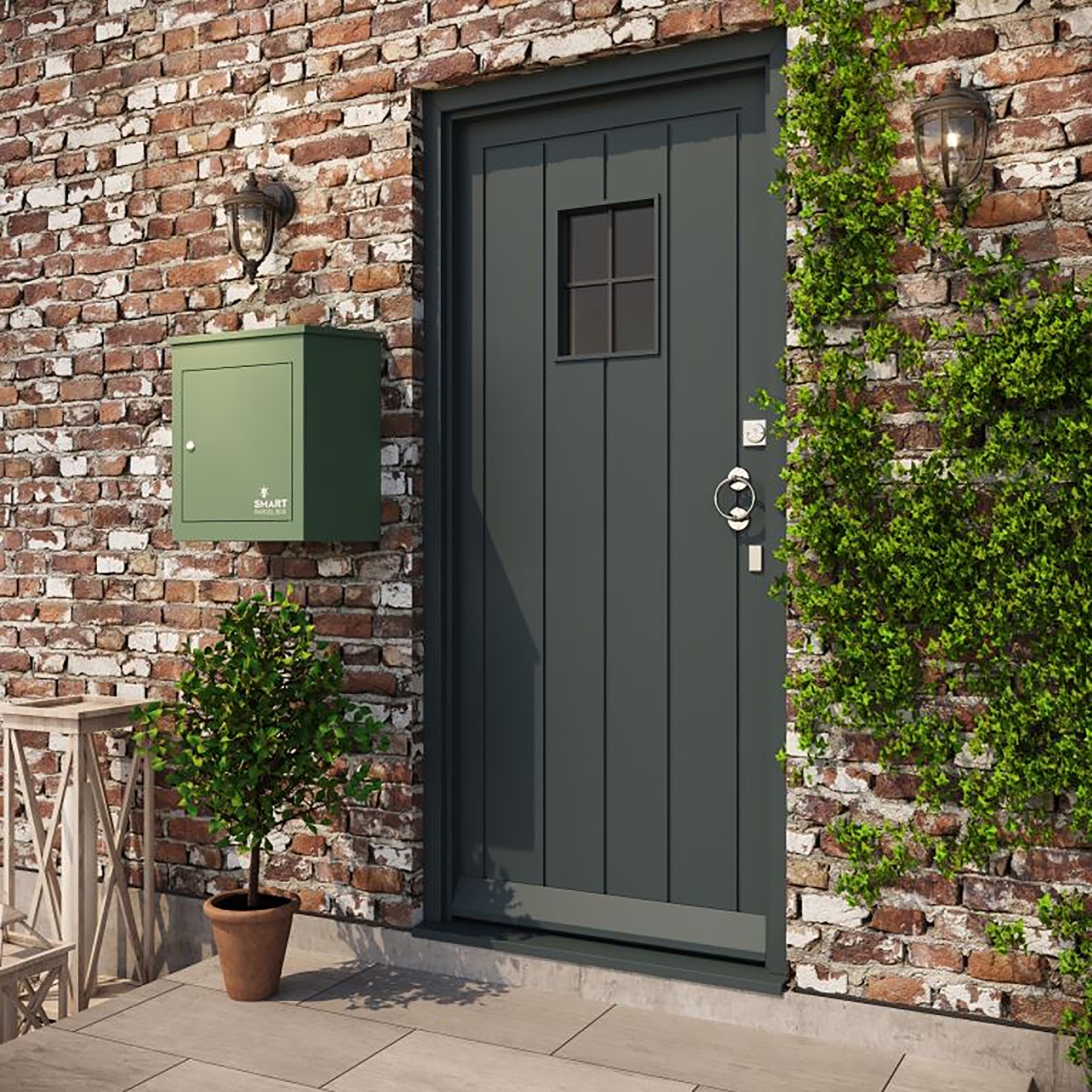
Image credit: Smart Parcel Box
To sum up
It will cost a lot to keep your property protected with all the proper Police Preferred Specification gear. But basics like shutting and locking your doors and windows every time you leave the house, cost nothing. When you do want to invest in security equipment, the best place to start your research is the Secured By Design website. And don’t be dazzled by smart hi-tech gadgets, focus first on secure Police Preferred Specification doors and windows and quality locks.
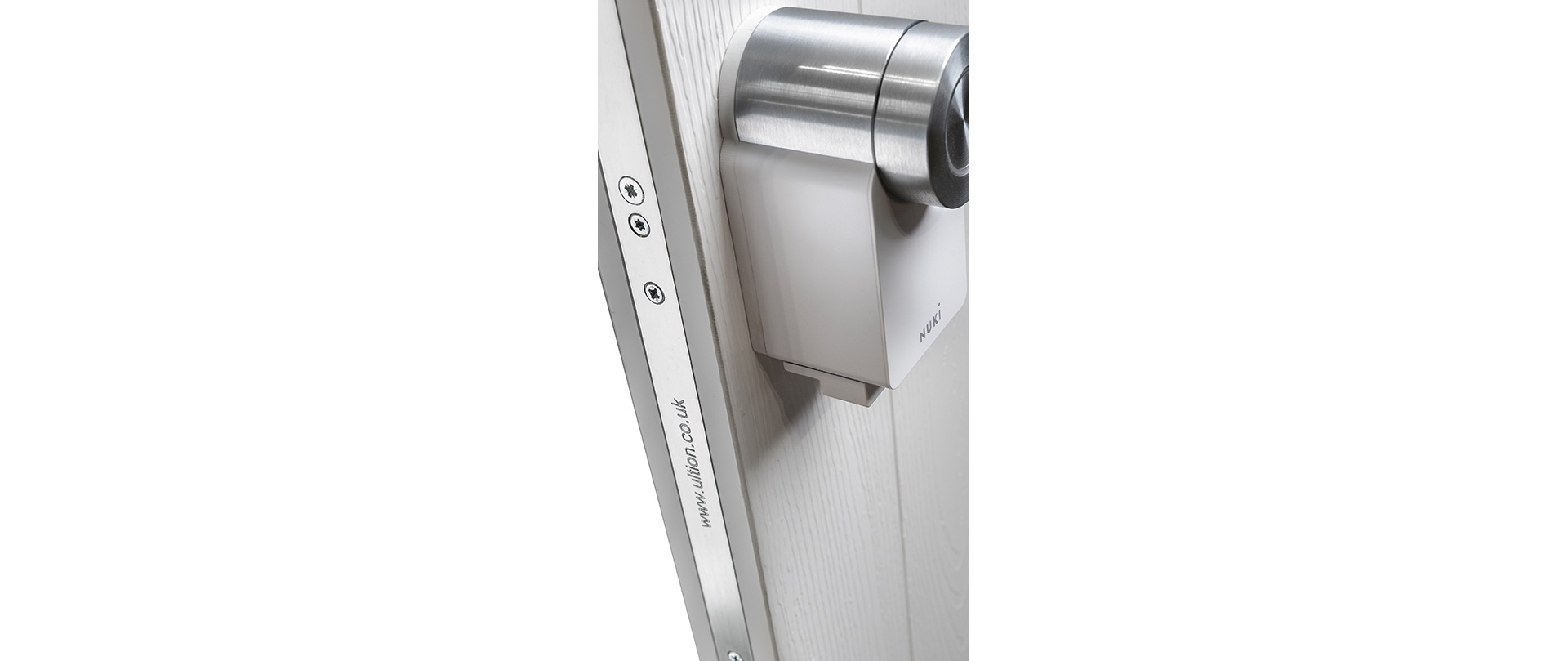
Image credit: Ultion locks

